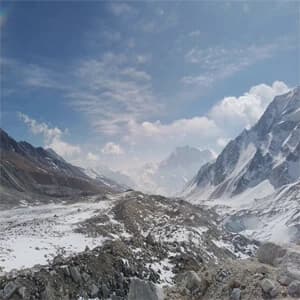Nepal Trekking Routes | Local Tour Organizer in Nepal
Nepal Trekking Routes is a local trekking agency based in Kathmandu Nepal, dedicated to creating unforgettable Himalayan adventures. With years of expertise, we specialize in offering unique trek and adventure tour packages tailored to every traveler’s needs. We are passionate about promoting Nepal’s natural beauty and cultural heritage. Our expert team ensures safety, comfort, and authenticity throughout your journey. We are committed to sustainability, prioritizing eco-friendly practices and supporting local communities. With us, you will explore the majestic Himalayas while immersing yourself in the rich traditions and breathtaking landscapes of Nepal.
I took the tour in March 2024. The tour was well organized from arrival to departure and could still be customized. I was sick for 2 days and still reached our...

Everything was perfect. Shailesh took care of everything and it was a wonderful experience. This was my second time booking with this company and I couldn't recommend them more
This tour was great from start to finish and Nepal Trekking Routes assisted every step of the way. Even with some flight delays and cancelations getting to Lukla everything afterward...
Trekking Equipment: List of trekking gear
The proper equipment is necessary for trekking in Nepal in order to keep warm, safe, and comfortable. Packing wisely is important whether you are embarking on a short hike or[...]






.webp&w=1200&q=75)



.webp&w=3840&q=75)









